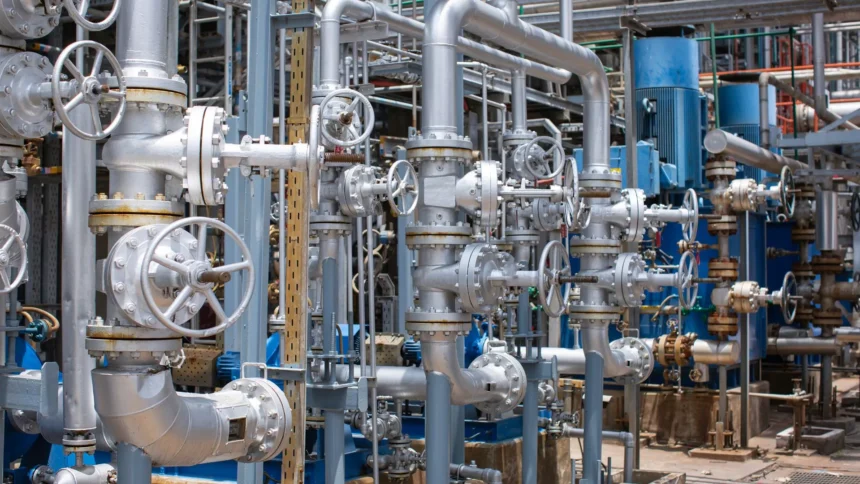European natural gas prices soared to their highest levels since October 2023 following the halt of Russian gas supplies through Ukraine on New Year’s Day, reports EuroNews.
The Dutch TTF, which serves as the benchmark for European natural gas, spiked by over 4%, reaching €51 per megawatt-hour. This surge marked its highest point since October 2023, although prices slightly eased later. The jump occurred on the first trading day after Russian gas stopped flowing to Europe through Ukraine, a critical supply route.
Freezing temperatures across northern Europe also contributed to the price increase on Thursday morning, compounded by the fact that the EU lost 5% of its natural gas imports due to the suspension of Russian supplies via Ukraine. This halt was triggered by the expiration of the transit deal on January 1st, raising concerns about faster withdrawals from storage.
Gas inventories in Europe have been depleted at the fastest rate since 2021, with storage levels hovering around 75%. The unusually cold weather in recent weeks has exacerbated the situation, with storage volumes dropping by 19% between the end of September and mid-December, according to Gas Infrastructure Europe.
Although there is no immediate threat of an energy crisis, and the European Union (EU) does not expect a direct impact on consumer prices, the market’s volatility is a growing concern. The EU faces increasing challenges to replace its lost Russian gas supplies, with gas prices rising 50% year-on-year. Higher energy prices are expected to further harm the bloc’s economic competitiveness and increase household costs.
In response, Europe may turn to increased liquefied natural gas (LNG) imports, which could push prices even higher.
Central European countries are particularly vulnerable to the loss of Russian gas supplies via Ukraine. While they have alternative routes, such as the TurkStream pipeline, these are insufficient to fully compensate for the Ukrainian route’s loss. Hungary and Slovakia, in particular, are at risk, with the Ukrainian transit route meeting 65% of their gas demand in 2023, according to the think tank Bruegel.
The European Commission is exploring various solutions, including redirecting gas supplies from Greece, Turkey, and Romania via the Trans-Balkan route to help meet demand in the affected countries.
While there is no immediate danger of a gas shortage this winter, replenishing storage for the next season could be more expensive than anticipated. Gas prices for next summer have already surged above those for winter 2025-26, indicating that refilling storage could come at a higher cost. Arne Lohmann Rasmussen, chief analyst at Global Risk Management in Copenhagen, highlighted the risk of the EU exiting the winter with low storage levels, making it more costly to restock.







